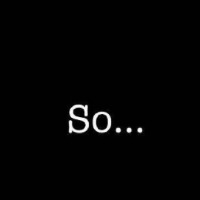
专栏介绍
大家好,我是凯撒。我在小报童主要以「书」为💊,寻找以解凯撒那些所践所见所闻所想之惑。 ☁️感兴趣的大官人,可先订阅看看,茶以沏,等你。
* 以下为本站建议说明,具体内容以专栏实际提供为准
你将获得
- 系统化的知识体系和学习路径
- 实战案例和项目经验分享
- 作者多年经验总结和方法论
- 持续更新的优质内容
- 专属社群和答疑服务
适合人群
- 对阅读感兴趣的学习者
- 希望系统提升专业能力的从业者
- 寻求职业发展突破的人士
相似专栏推荐
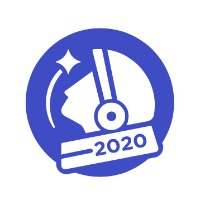
产品沉思录 | 第四季(完结)
产品by shaonan × fonter
产品沉思录™ 是一个关于产品的知识库,也是一个 Newsletter (邮件组),始于 2017 年,累计发布近 200+ 期,涵盖几十个人物/产品/公司专题研究,累计近百万字内容。 除了点击下方「介绍」外,你还可以浏览 - 免费精选集:https://pmthinking.com - 本年度目录:https://xiaobot.net/post/27ade9d2-bf1c-41b1-b9ff-3bc1b4966e7a 本年度内容已经连载完毕,如需最近一季内容,请移步:https://xiaobot.com/p/pmthinking2023 人们会被自己热爱的事物改变,而没有人因为给予而贫穷。
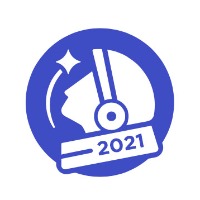
产品沉思录 | 第五季(完结)
产品by shaonan × fonter
产品沉思录™ 是一个关于产品的知识库,也是一个 Newsletter (邮件组),始于 2017 年,累计发布近 200+ 期,涵盖几十个人物/产品/公司专题研究,累计近百万字内容。 除了点击下方「介绍」外,你还可以浏览 - 免费精选集:https://pmthinking.com - 本年度目录:https://xiaobot.net/post/27ade9d2-bf1c-41b1-b9ff-3bc1b4966e7a 本年度内容已经连载完毕,如需最近一季内容,请移步:https://xiaobot.com/p/pmthinking2023 人们会被自己热爱的事物改变,而没有人因为给予而贫穷。

第二曲线
阅读by 阿乔
✨【每周日更新长文x1,周中不定期更新】 ✨ 我是谁? 1. 消费品从业者:快消产品经理 2. 创作者:8年长文写作不间断/播客:三个女人 3. 终身成长者:持续学习,精进打磨自己 ✨ 专栏写什么 1. 职场进阶及硬技能 2. 个人生活方法论 3. 好书读书笔记
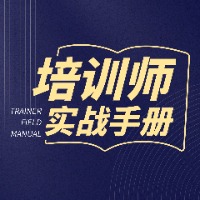
培训师入门与实战手册
职场by 张伟崇 | PPT培训&设计
📍【专栏定位】 沉淀一线培训实战经验 📖【专栏内容】 已更新34篇,详情请看专栏提纲,会持续加更! 🎯【适合用户】 想探索可能性,发展新副业的人 对培训行业感兴趣的职场人 想精进培训能力的培训助理/经理/培训师 🎁【订阅专享福利】 ❶ 领取《培训师实战手册》PDF版本 ❷ 凭订单截图加读者群,微信【zwc531363287】 ✨ 《职场跃迁笔记》专栏:https://u.ideart.cc/fcpe ✨ 《AI+PPT革新工作方式》网课:https://weike.fm/SbicK123ad

熙总记事本 | 首卷
阅读by 张熙-X
熙总记事本是一个关于思考/赚钱/写作/成长的知识库 1.独家更新200篇思考,创业,生活,投资,写作,让我们一起玩人生这场游戏 2.带你从0到1玩赚dou抖音短剧,并零成本赚点小钱 2.内容板块:读书笔记,网赚变现,投资案例,哲学思考 3.原价399元,限时最低价99元(专栏一次订阅,永久有效,如不满意24小时内可退款) 4.订阅福利:订阅后加微信 ershiliuhao_ ,发支付截图,进交流群 坚信写作是链接真我最短路径 以时间为轴,把昨天埋在地下 挖出来是煤炭,是你今天的火炉 人们会被自己热爱的事物改变,而没有人因为给予而贫穷
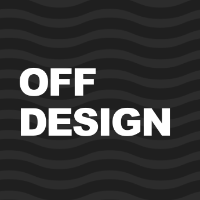
OFF DESIGN · 2025
职场by 5key
在这里,我们探索: 1. 设计师如何在商业中创造更多价值 2. 设计与 AI、技术、产品的深度融合 3. 如何突破职业限制,实现职场成长 我们从设计聊到产品,从技术谈到 AI,再到设计师的职场思考。全年不少于 100 篇高质量内容。